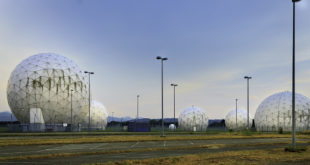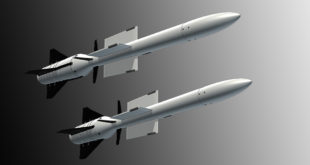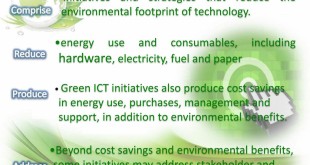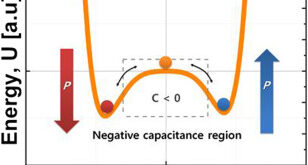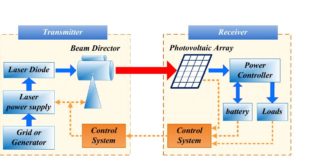In the domain of defense, energy has the potential to be both an enabler of hard power but also, via denial, arguably itself to be a weapon of war. Energy enables nearly everything the military does, and the primary objective is mission assurance and decisive advantage on the battlefield. Energy security …
Read More »Green Energetic Materials and Munitions technologies with enhanced environmental and occupational safety
Energetic materials and munitions are used across DoD in mission critical applications such as rockets, missiles, ammunition, and pyrotechnic devices. In these applications, energetic materials and munitions must perform as designed to ensure success in both training and combat operations. In these applications, energetic materials and munitions must perform …
Read More »Divert Attitude Control System (DACS) enable targetting highly maneuvering hypersonic missiles
Missiles are guided weapons designed to deliver a destructive payload to a target. They can be launched from various platforms, including aircraft, ships, and ground-based launchers. Some missiles are designed to hit stationary targets, while others are intended to engage moving targets, such as aircraft or cruise missiles. One …
Read More »Green ICT Technologies reduce e-waste, are sustainably produced, lasts longer, wastes less energy, and used efficiently
ICT equipment at the basic level comprises of software and supporting hardware necessary for sensing, storing (and retrieving), processing, transmitting, receiving and securing digital information. Information and Communication Technology has enabled the transformation to information based society by overcoming the barriers imposed by time, distance, location and constraints inherent in …
Read More »3D printing Scramjet engines
3D printing or additive manufacturing is ongoing revolution in manufacturing with its potential to fabricate any complex object and is being utilized from aerospace components to human organs, textiles, metals, buildings and even food. Additive manufacturing is defined by ASTM International as the process of joining materials together, layer by …
Read More »Negative capacitance for low power transistors to efficient super capacitors
As we increasingly rely on computers for daily tasks, the energy needed to run these systems is becoming substantial. The total amount of energy the U.S. dedicates to computing has risen dramatically over the last decade and is quickly approaching that of other major sectors, like transportation. Studies show that the …
Read More »Passive and Active Soldier Armor cooling enhance soldier performance in extreme environments
The wearing of body armour provide troops an unparalleled advantage on the battlefield, improving survivability and reducing casualtiesis. It has also been very effective in reducing injuries and fatalities within the police force and correctional services. This protection comes at a price, however. U.S. ground troops today carry an …
Read More »Perovskite solar cells manufacturing methods enable cheap and ultra high efficiency solar panels powering tablets to buildings’ electrical grids
Increasing energy demand, environmental issues, and limited availability of fossil fuels are demanding research on sustainable and renewable energy resources. The sun is the ultimate source to accomplish clean energy demand and photovoltaics, also known as solar PV, have been growing exponentially to harness it. The global solar photovoltaics (PV) …
Read More »Laser-based wireless power transmission (LWPT) technology
Wireless power transfer (WPT), wireless power transmission, wireless energy transmission (WET), or electromagnetic power transfer is the transmission of electrical energy without wires as a physical link. In a wireless power transmission system, a transmitter device, driven by electric power from a power source, generates a time-varying electromagnetic field, which …
Read More »DARPA plans Laser-based wireless power transmission network on Battlefield
Wireless power transfer (WPT), wireless power transmission, wireless energy transmission (WET), or electromagnetic power transfer is the transmission of electrical energy without wires as a physical link. In a wireless power transmission system, a transmitter device, driven by electric power from a power source, generates a time-varying electromagnetic field, which …
Read More » International Defense Security & Technology Your trusted Source for News, Research and Analysis
International Defense Security & Technology Your trusted Source for News, Research and Analysis
